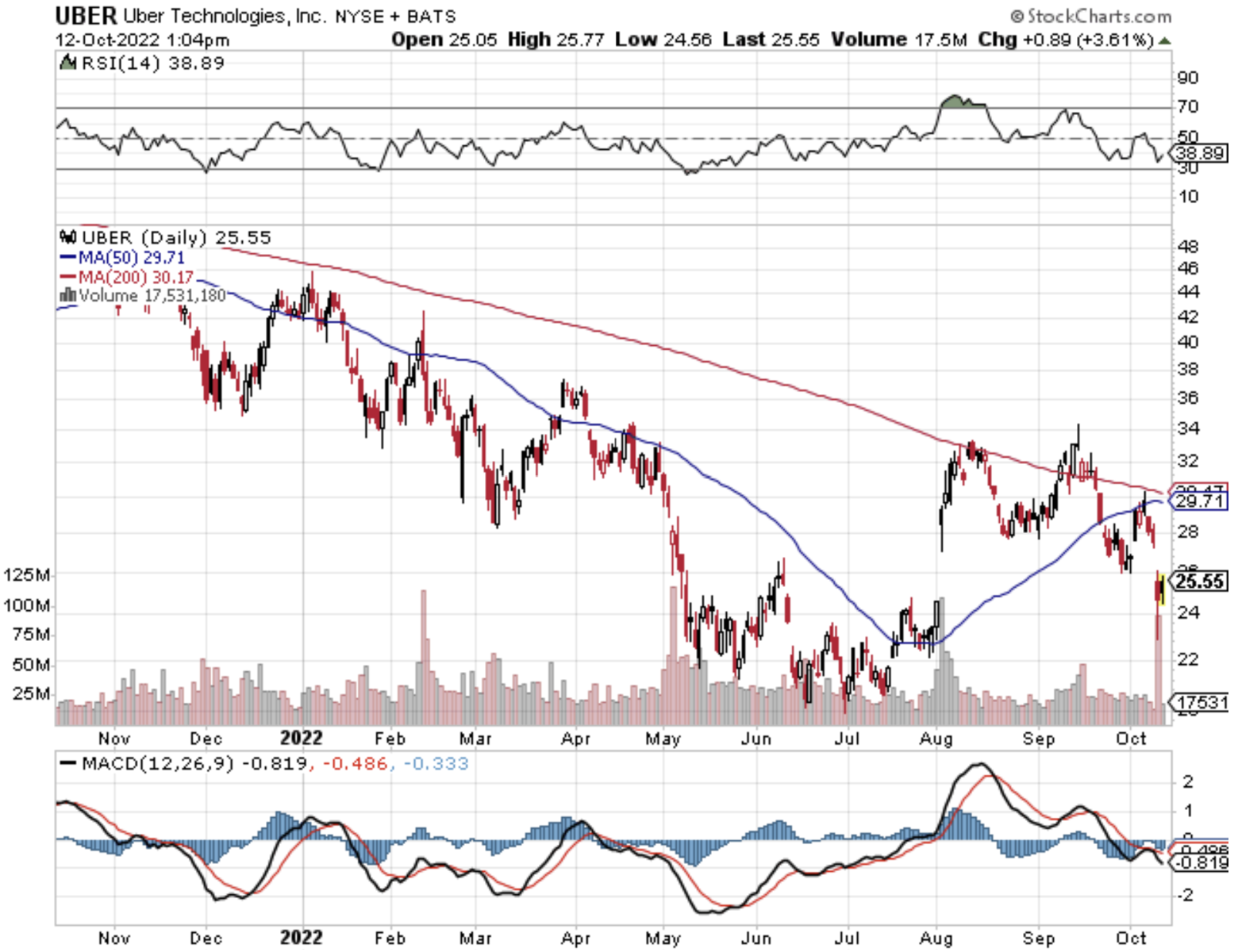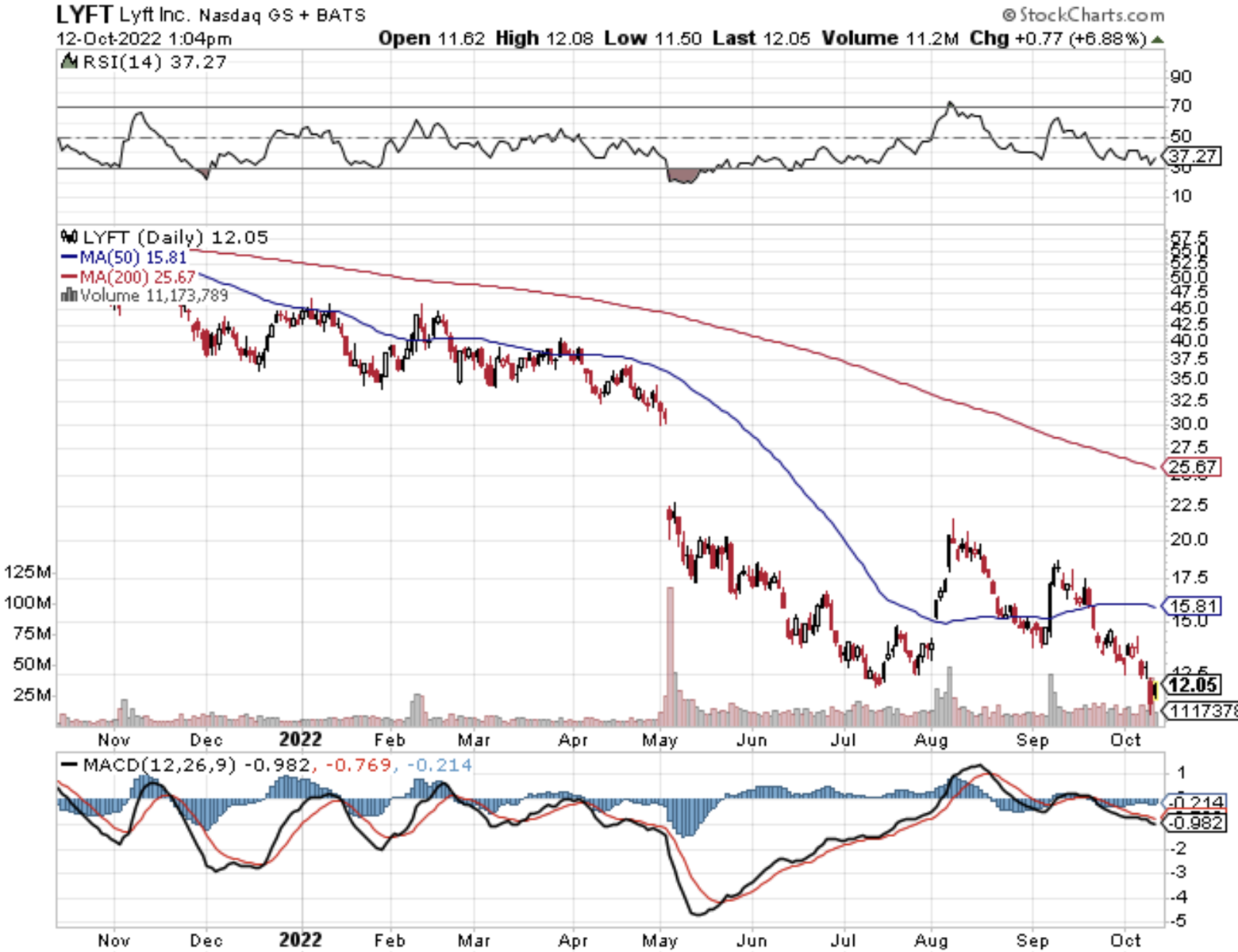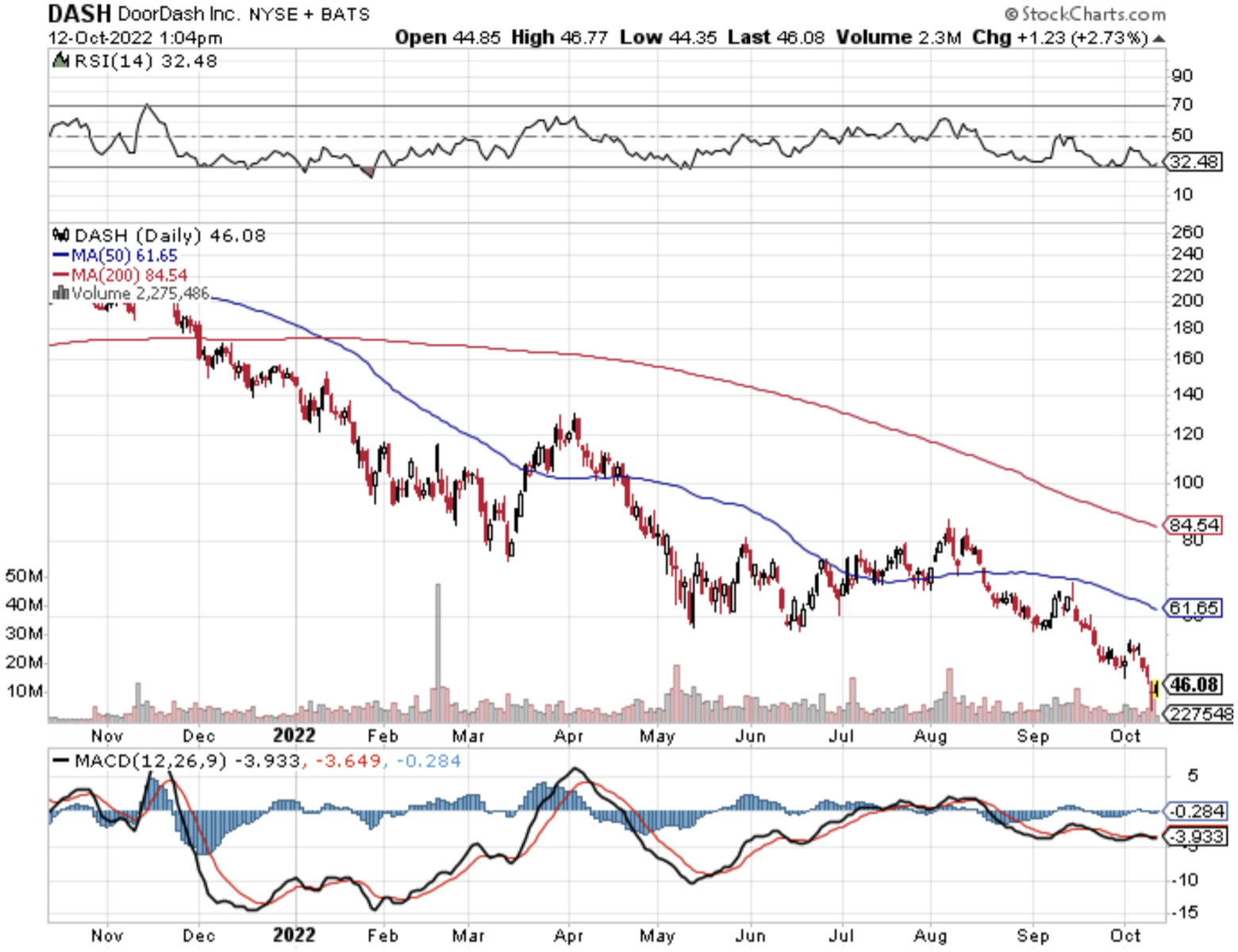The US Federal government must have its way.
This one move blows up the business models of Uber (UBER), Lyft (LYFT), DoorDash (DASH), and any other tech platforms reliant on self-employed drivers.
Whether it’s denying the expansion of domestic energy capacity or meddling in self-employed worker status, the government is hell-bent on putting its stamp on the economy.
And boy they do.
It’s been rough lately for the ride share firms.
Uber fares have not been trending down lately as the combination of higher insurance costs, higher fuel prices, and higher costs to car ownership have meant passengers pay more to get from point A to point B.
I don’t need to chronicle how the cost of doing business is inching up because it’s happening everywhere and that just means the goalpost is narrowing in order to get costs below revenue.
That is the new normal whether we like it or not.
However, for Uber, their business model just might be untenable if they are forced to sign up drivers as full-time workers who receive full benefits including a 401K, health insurance, overtime pay, and paid time off.
This is expensive.
Under the US Labor Department's proposal, workers would be more likely to be classified as employees instead of independent contractors.
Tens of millions of people work in the global gig economy across services like food delivery and transport.
US Labor Secretary Marty Walsh said the rule would aim to stop companies from misclassifying workers as independent contractors.
For those that use ride share, there is no workaround to higher compensation in signing up full-time workers and costs will be passed down to the end user causing ridership to fall.
Gig economy firms have come under increased scrutiny as the industry grows in size.
Payments firm MasterCard has estimated that 78 million people will be employed in the gig economy by next year.
Gig workers are paid for individual tasks, such as food delivery or a car journey, rather than getting a regular wage.
In the first half of 2022, Uber lost almost $7 billion and the only reason why they can still exist is because of investors pouring money down a black hole to fund Uber’s existence.
I still don’t see how they make the unit economics work and their stock price reflects my analysis.
The stock trades around half of $51 which was achieved during the height of the reopening from the arbitrary lockdowns in 2021.
Reality has come back to bite as the same issues persist and every rally in this stock has been a great selling opportunity.
This ride share company has no chance of ever becoming profitable and they have done nothing to signal they are on the right track.
Just because they “do better than Lyft” doesn’t mean it’s a great long-term buy-and-hold stock or even a good company.
On top of poor unit economics, Uber’s ability to tap the debt markets to borrow money has been severely crimped.
Borrowing at extortionate rates makes it impossible to spin profits which means going back to the debt markets once again in a vicious negative feedback loop.
At some point, they will be shut out because of creditworthy issues even if not yet.
Who would want to invest in a company like that?
If a reader wants to put money to work in this stock, sell short after every bear market rally or buy outright puts after every rally.
Don’t reward tech firms that behave poorly or ones that can’t make money.





